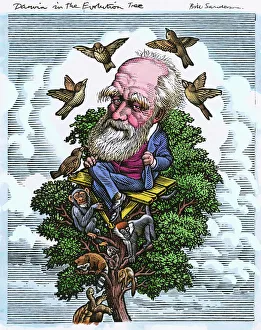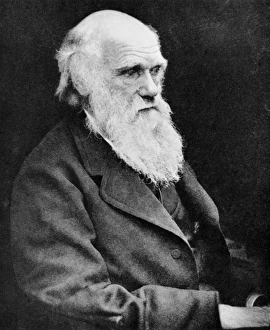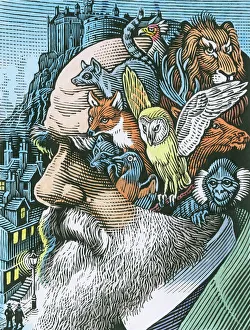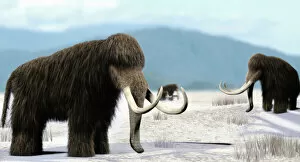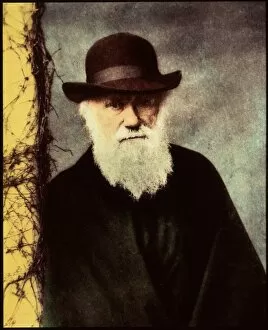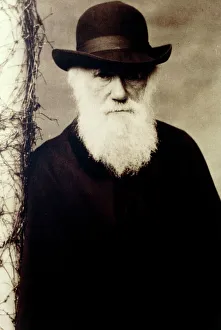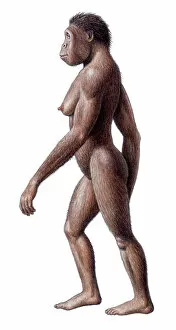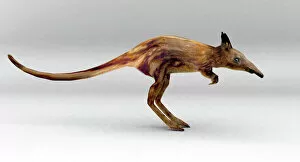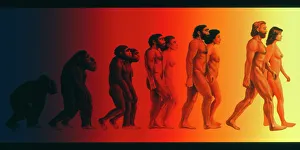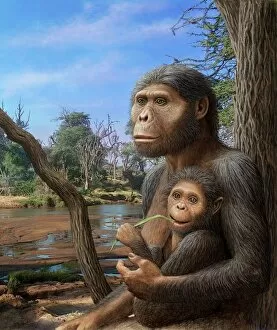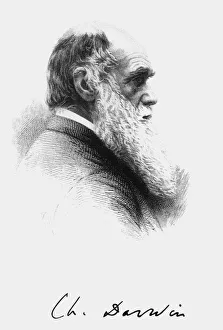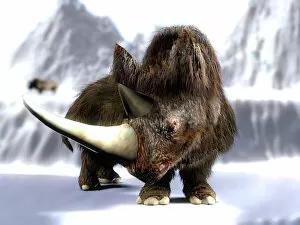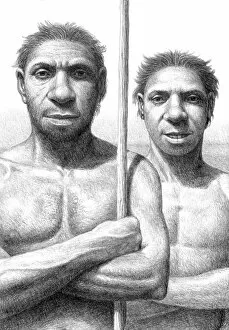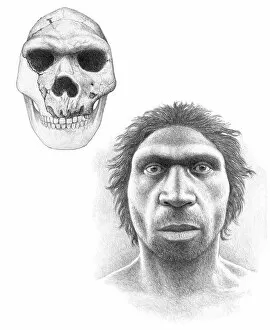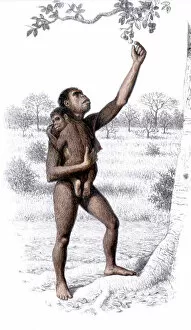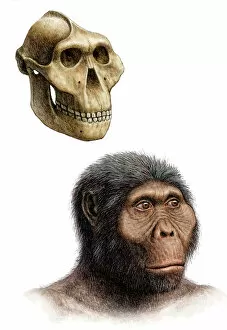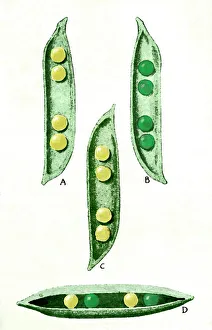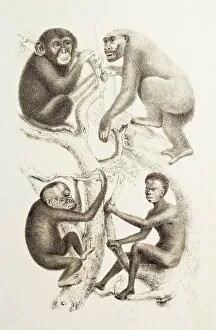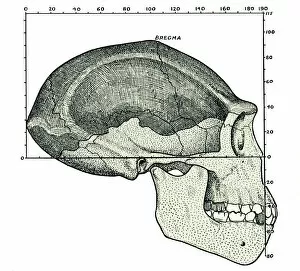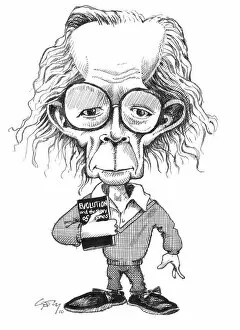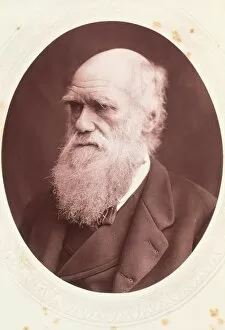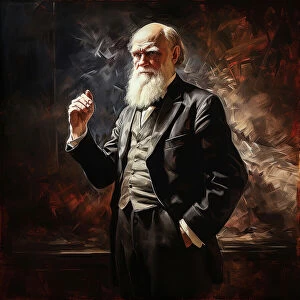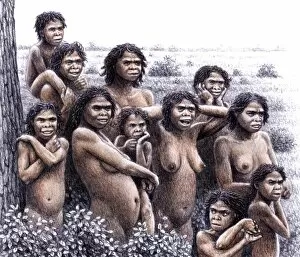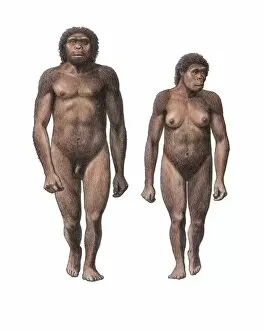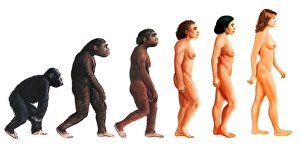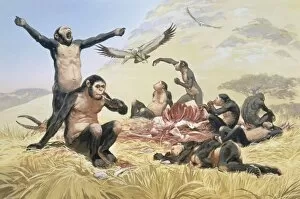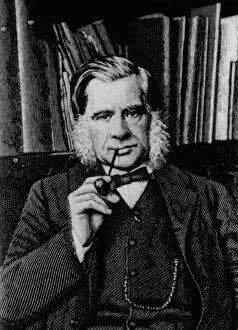Evolutionary Biology Collection
Evolutionary biology, the fascinating study of how species have evolved and adapted over time, encompasses a wide range of captivating topics
All Professionally Made to Order for Quick Shipping
Evolutionary biology, the fascinating study of how species have evolved and adapted over time, encompasses a wide range of captivating topics. From the stages in human evolution to Charles Darwin's groundbreaking work, this field offers profound insights into our origins and the intricate web of life on Earth. At the heart lies Charles Darwin, a British naturalist whose revolutionary ideas forever changed our understanding of life's diversity. His iconic evolutionary tree beautifully illustrates how all living organisms are interconnected through common ancestry. A portrait capturing his intellectual prowess reminds us of his immense contributions to science. Delving deeper into human evolution, we encounter Australopithecus afarensis - an ancient hominid species that walked upright millions of years ago. Through stunning artwork, we can visualize their appearance and understand their place in our ancestral lineage. The female Australopithecus africanus further exemplifies the gradual changes that occurred during our journey from primates to humans. Primate skulls offer tangible evidence showcasing the remarkable variations within different species as they adapted to diverse environments throughout history. These remnants provide crucial clues about our shared heritage with other primates and shed light on key evolutionary processes. As we explore further back in time, we encounter extinct creatures like the mammoth - colossal beasts that roamed prehistoric landscapes thousands of years ago. Their existence serves as a testament to both adaptation and extinction within Earth's ever-changing ecosystems. The image of a scimitar cat attacking a hominid vividly portrays the harsh realities faced by early humans during their struggle for survival against formidable predators. This scene reminds us that every step in human evolution was accompanied by challenges and risks. Artwork depicting various stages in human evolution allows us to envision how physical traits gradually transformed over millennia - from primitive forms resembling apes to modern-day Homo sapiens with distinct cognitive abilities. Intriguingly, Leptictidium represents another branch on nature's evolutionary tree.


